I was thinking of exploring the world of black-and-white digital photography so I started looking into the available options. Currently, only the Leica Monochrom and the Pentax K-3 III Monochrom are still the only native monochrome digital cameras availble, targeting photographers interested in maximising the potential for ‘true’ black-and-white photography compared to converted colour images.
Many experts in the field justify the existence of this particular camera by citing the same manufacturers’ marketing claims, such as better overall image quality and the superior performance of a custom-built sensor. However, I am a photographer, not an electronics engineer or software programmer, so I care more about the final results than the technicalities. This is why I have converted a few colour photos taken over the years with different cameras and lenses to black and white, to see if the results are actually so inferior as to justify the use of a dedicated camera.
1 – A few examples
The featured image was taken with a Canon 5D Mark II and an EF 24-105 f/4 lens, which is an excellent all-rounder.
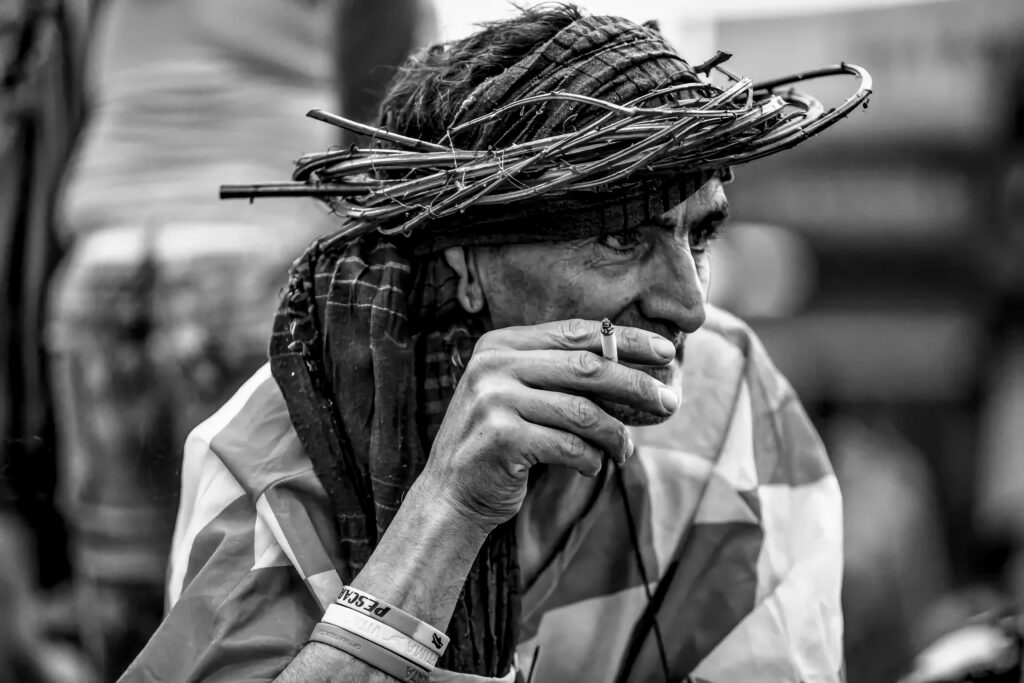
This was taken with a Pentax K-1 and a Pentax FA 80-200 F/2,8. You may see the original in this post previously published by 35mm.com.
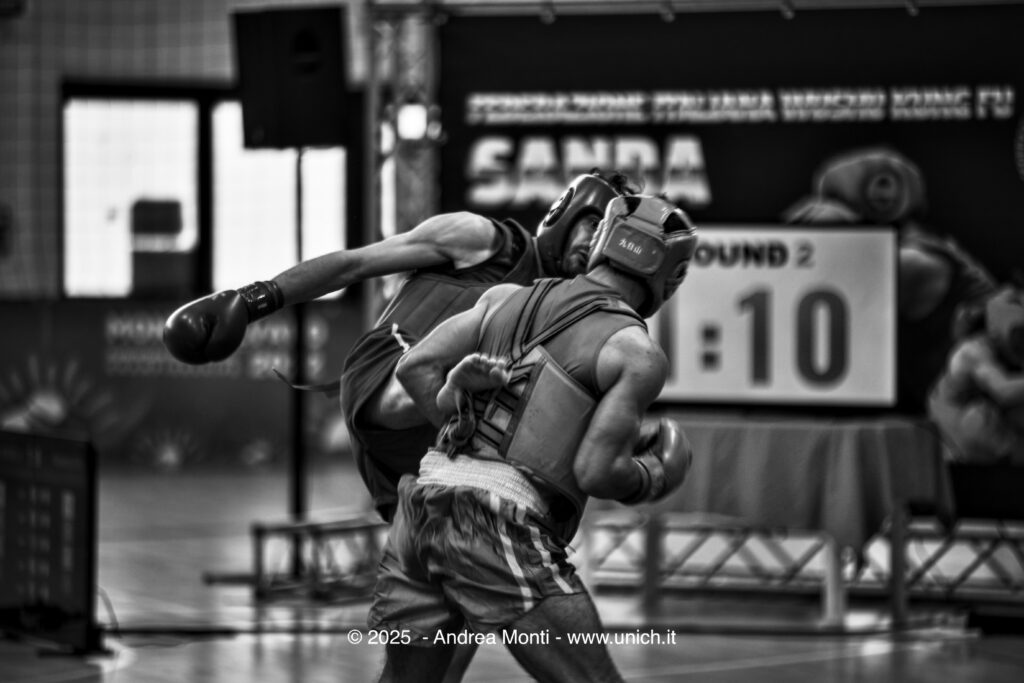
Back to the Canon 5D Mark II, this time with a Canon EF 100-400 F/4,5-5,6. This is a portrait of a Flamenco bailaor taken in a concert of Livio Gianola, the supremo of 8-strings classical guitar.
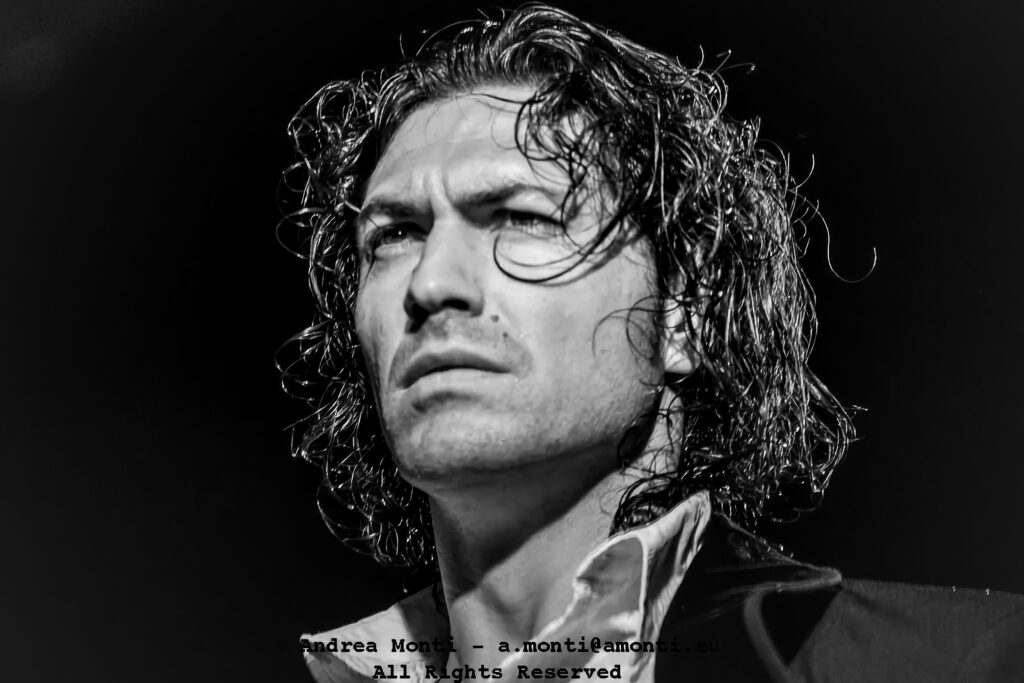
while this one was shot during an MMA fight.

This one was taken with a Fuji X-T4 and a Fujinon XF 18-120 F/4 during a handball match between Italy and Belgium.

and this one, portraying Jazz guitarist Rocco Zifarelli (then playing with Gabriela Sinagra, Danny Gottlieb and Jeff Berlin) was taken with a Leica M9 and a Leica Elmarit 90 F/2,8
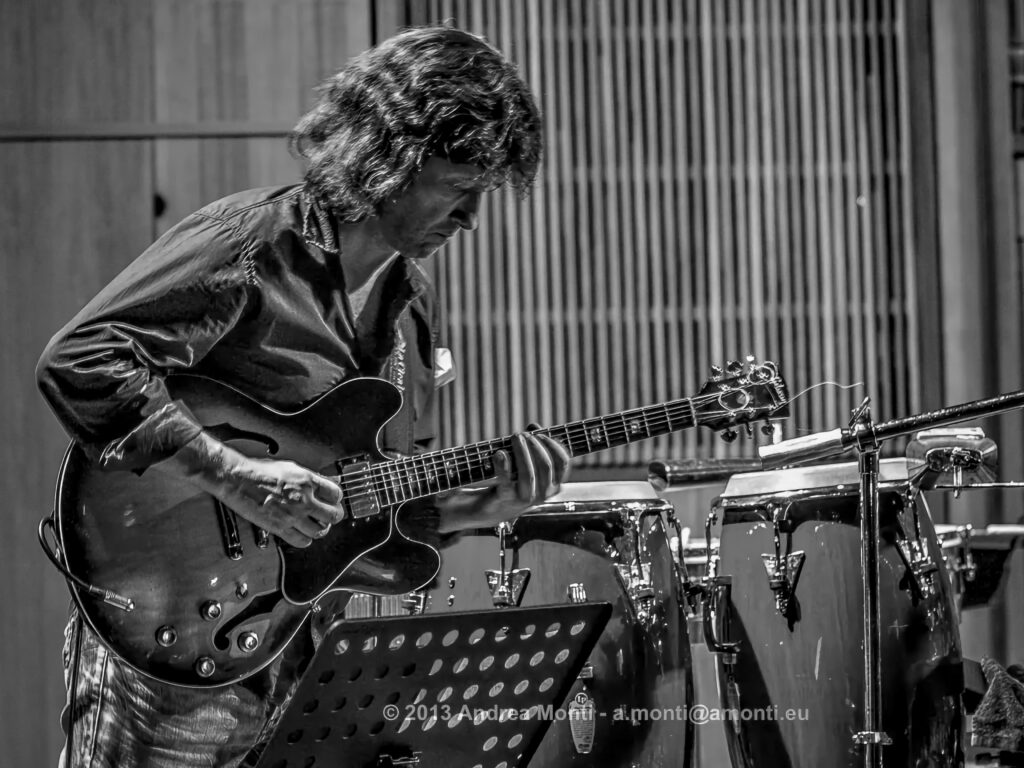
2 – The Conversion Process
The conversion was made with Pixelmator Pro, following these steps (the values are a starting point, and must be adapted to the specific photo):
1 – Before the conversion
In the Selective Colours tab I left the Hue unchanged, and tweaked Saturation and Brightness as follows:
- R -10, -15
- O +5, +10
- Y -10, -15
- G -10, -20
- C -20, -25
- B -25, -25
- V -15, -15
- M -10, -10
2 – Black and White Adjustment
In the Black & White tab, set:
- R 65%
- G 45%
- B 25%
- T 10%
- I 100%
3 – Curves
Pixelmator Pro doesn’t allow to insert specific In-Out values by hand so working the curves with the mouse maybe challenging. That said, handle the RGB curve so to tame the highlits and smooth the shadows transition.
4 – Sharpen
- Radius 0,6
- Amount 45%
5 – Vignette
Adjusting the Vignette option can help to separate the foreground from the background if the former has brighter tones.
6 – Other tweaks
Finally, try setting the global saturation to zero and adjusting the exposure, highlights, shadows, contrast, black point, texture and clarity as appropriate.
3 – Conclusions
Post-processing photographs taken with various cameras and lenses in different conditions properly allows for consistent results. The black-and-white versions of properly taken colour photographs are of excellent quality. Therefore, but this is just me, there is no point in purchasing a dedicated camera.
For the sake of clarity, the issue is not cost, but effectiveness. If a tool is necessary for work, there are no questions — it must be purchased. However, if this tool does not add a significant value to the existing setup, then it is not necessary to purchase it.
Share this post:
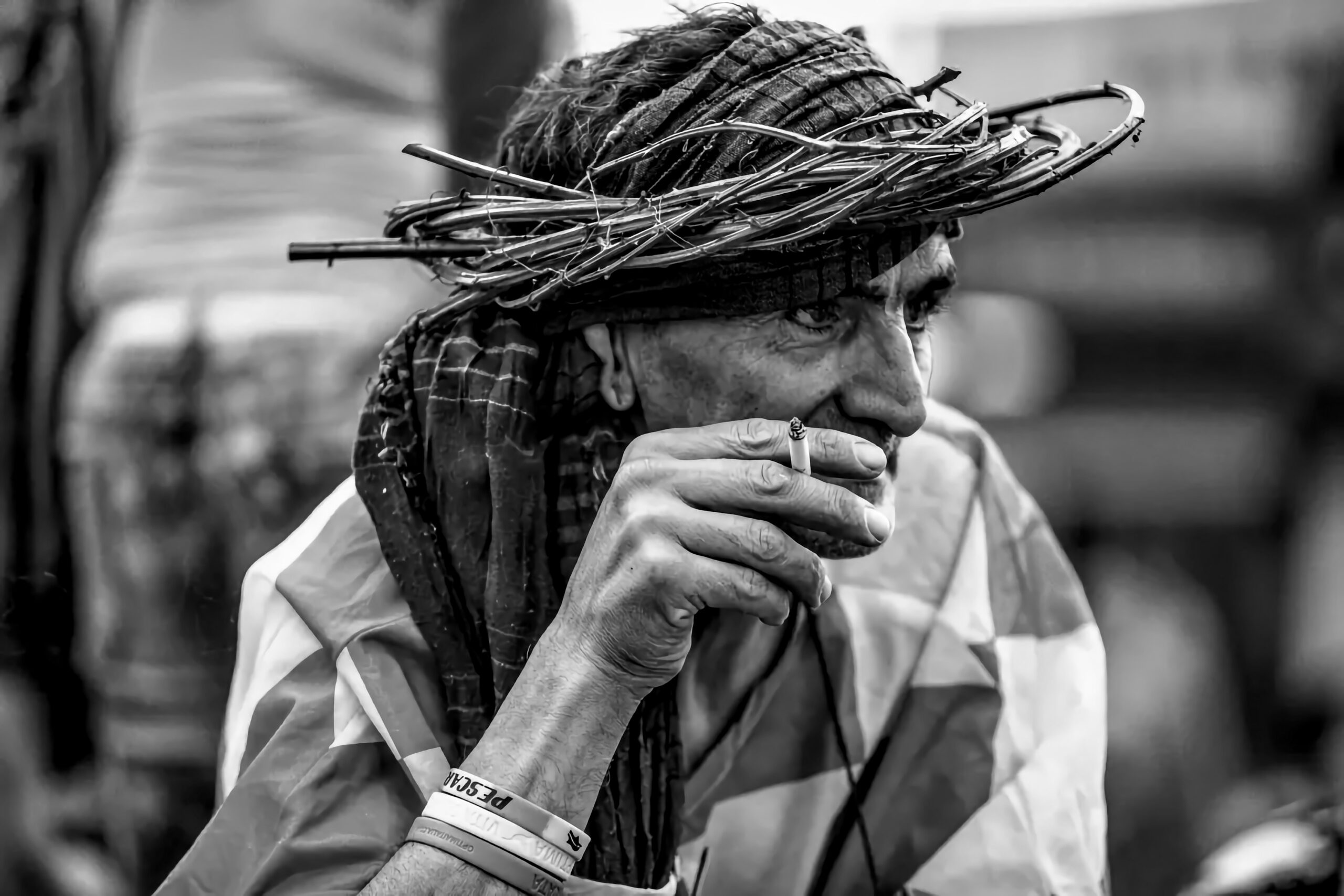

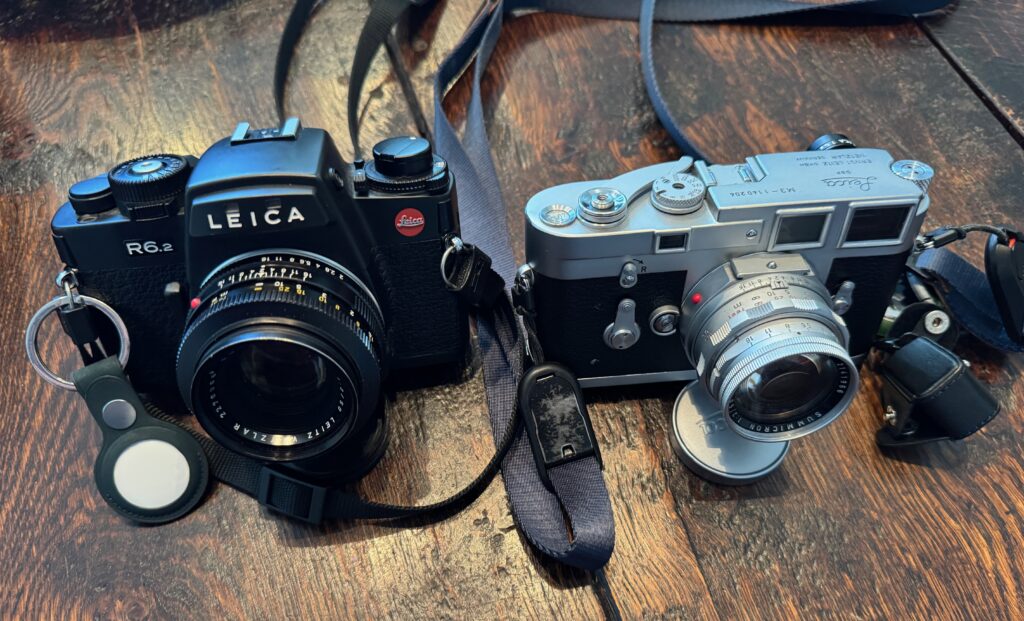

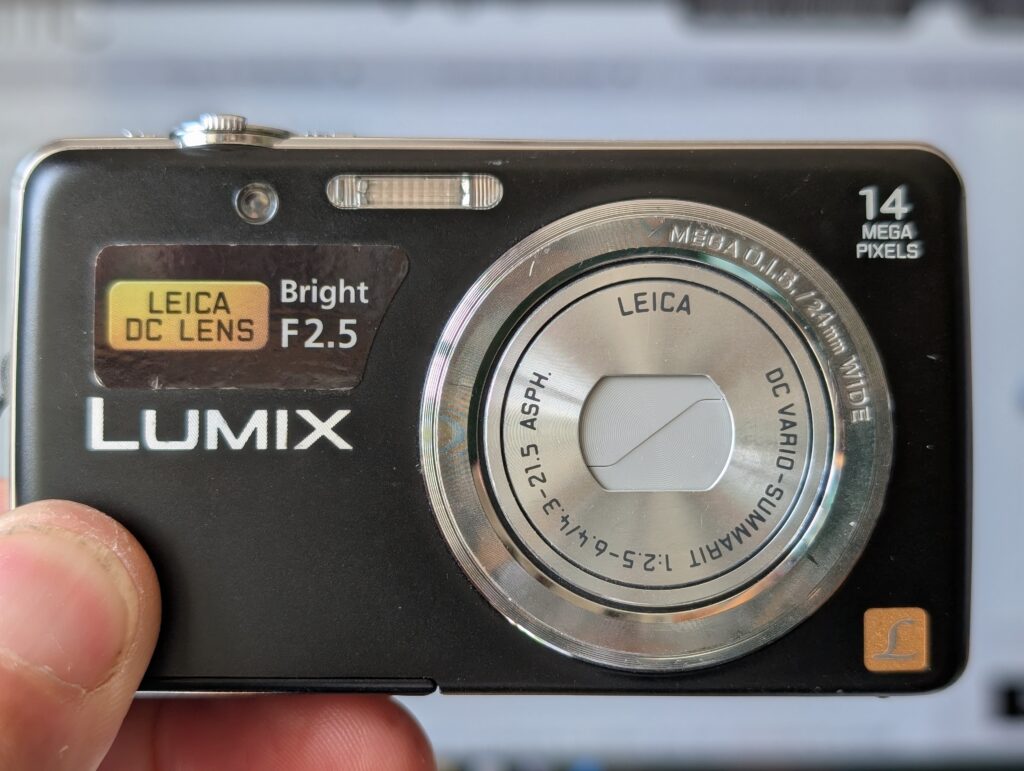
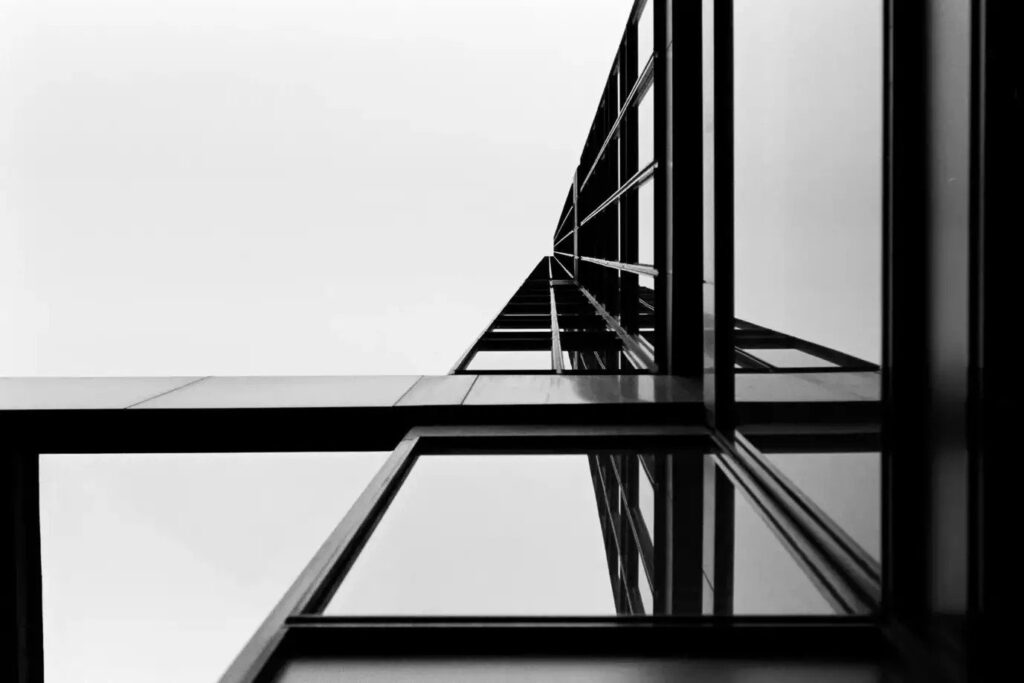


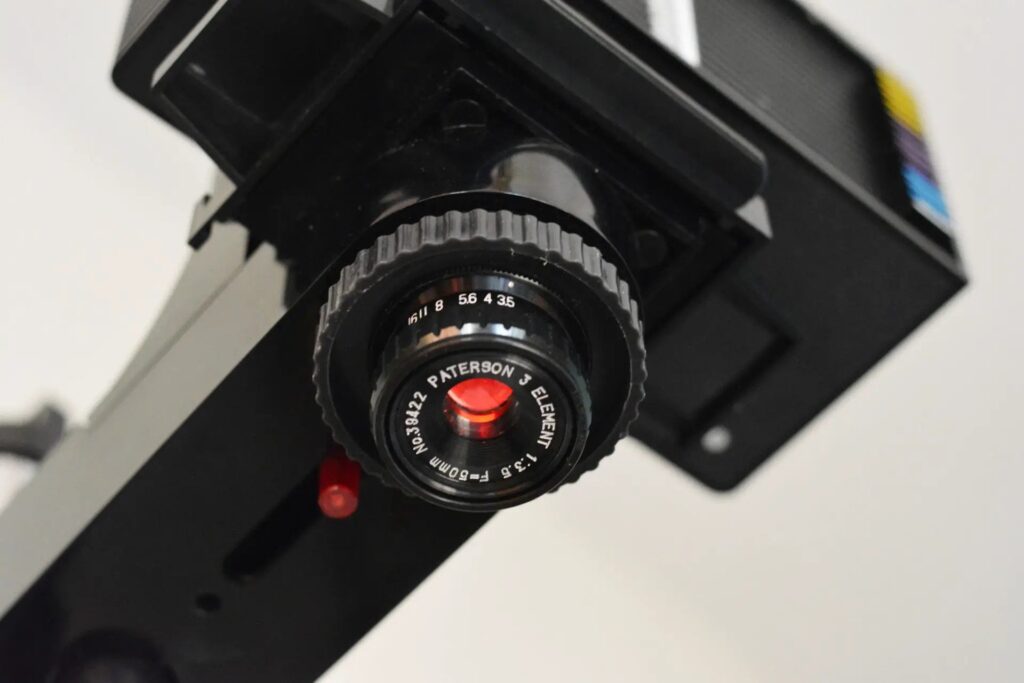
Comments
Geoff Chaplin on Personal Musing On Monochrome Digital Cameras
Comment posted: 21/09/2025
Very interesting and a much appreciated and useful post. Thanks very much Andrea.
Comment posted: 21/09/2025
Jonathan Leavitt on Personal Musing On Monochrome Digital Cameras
Comment posted: 21/09/2025
Comment posted: 21/09/2025
Comment posted: 21/09/2025
Simon Casson on Personal Musing On Monochrome Digital Cameras
Comment posted: 21/09/2025
I have my Leica SL set up as a ‘mock Monochrom’. Viewfinder and rear screen set to mono. It’s great to see in mono when shooting. No doubt other cameras also allow this.
Of course I could take the raw file back to colour when processing but it’s rare I do!
Bob Janes on Personal Musing On Monochrome Digital Cameras
Comment posted: 21/09/2025
Len Metcalf on Personal Musing On Monochrome Digital Cameras
Comment posted: 21/09/2025
Comment posted: 21/09/2025
Greg Hammond on Personal Musing On Monochrome Digital Cameras
Comment posted: 21/09/2025
Comment posted: 21/09/2025
Art Meripol on Personal Musing On Monochrome Digital Cameras
Comment posted: 21/09/2025
David Kieltyka on Personal Musing On Monochrome Digital Cameras
Comment posted: 21/09/2025
As for image quality, I'd say differences between the M10-M and the "regular" M10-R (same 40mp sensor but with the Bayer stuff) converted to b&w are minimal. It's the b&w mindset the M10-M puts me in. Give me options and I'll explore all of 'em. Take options away and I can concentrate better. YMMV.
I still shoot b&w film too.
Gary Smith on Personal Musing On Monochrome Digital Cameras
Comment posted: 21/09/2025
I have used both the desaturate method as well as selecting b&w and then adjusting individual sliders. Sometimes I'll even set the camera's scene mode to b&w so I get a b&w EVF and b&w jpg's (I still get color raw's). I like the slider adjustment best as I get the most flexibility in the tonal range of the final image.
Your example images are great, I really like #1 and #3.
Hamish Gill on Personal Musing On Monochrome Digital Cameras
Comment posted: 21/09/2025
I couldn't afford to keep it in the end, but did like the limitations of the files
Since then, I have found that really I only shoot digital b&w when I set the camera to b&w - I don't like converting in post unless I have done.
THe Nikon Zf has a b&w switch - it just sets it to b&w shooting as can be done by setting the colour settings, but having it on a switch brings a level of purpose and intent that works for me
Comment posted: 21/09/2025
Tony Warren on Personal Musing On Monochrome Digital Cameras
Comment posted: 21/09/2025
Comment posted: 21/09/2025
Jeffery Luhn on Personal Musing On Monochrome Digital Cameras
Comment posted: 23/09/2025
I got to borrow a monochrome Leica for an hour about five years ago and I liked it. It belonged to a student of mine who has endless cash and no self-control, so he bought that camera, and many others, without hesitation. He'll remain unnamed in this posting, but he is one of the regular citizens that's been in space on a private ship. Anyway, the lighting conditions on the day I shot with that camera were going between bright and cloudy, so I never got to appreciate the low light capability, but the dynamic range was impressive. For a working class guy like myself, I just shoot in RAW on a full frame sensor and get what I want in post, including faux IR looks. There's no justification for an expensive monochrome in what I do. I can tell you one thing about digital B&W conversions, and it pains me to say it: My digital conversions are better than 80% of my black and white film shots, even when I use medium or large format. Of course there's the joy of nailing a fine shot on film, but it's hard to beat the convenience of a good digital conversion. The one exception to that is getting good IR images. Even my IR converted D-7100 Nikon is not as good as a medium format camera shooting Rollei IR film.
Michael Keppler on Personal Musing On Monochrome Digital Cameras
Comment posted: 23/09/2025
In my opinion, however, your experiment misses one essential point: why should I go to the trouble of editing my images digitally if I only want to take monochrome photographs?
When I take analogue photographs, I consciously decide whether to use colour or black-and-white film. This decision also changes my approach and my thinking when taking photographs – with black-and-white, I think more about light and shadow and contrasts, while with colour film I look more for beautiful colours or exciting colour contrasts. The sports photos shown, for example, might be more exciting in colour. Since I started shooting on film again, I've noticed that it makes a big difference when I have to make a decision while shooting. That's exactly where I see the advantage of a monochrome digital camera. Not in the data sheets and comparisons at 100% on the monitor, but in the process, in the approach.
When friends ask me which camera they should buy, I always recommend: go to a shop and hold the cameras in your hands. Buy a camera that you enjoy holding, that suits you, that you will enjoy using. The same applies here – if you enjoy working on a computer and converting images using software, then you should do so. If you only want to take black-and-white photos (and have the necessary spare cash...), you're probably better off with a monochrome camera or black-and-white film, and you may achieve better results with it. Not because of supposedly better technology, but because, as David has already written, of the different mindset.
Ibraar Hussain on Personal Musing On Monochrome Digital Cameras
Comment posted: 23/09/2025
I agree with you
My own take is that the digital darkroom work is essential - regardless of the sensor, with the photographers skill with manipulating tones to work
I think expensive monochrome cameras are just there for consumers to buy a new product
Comment posted: 23/09/2025
Comment posted: 23/09/2025
Tim Piscitelli on Personal Musing On Monochrome Digital Cameras
Comment posted: 23/09/2025
That said, the thing that I love about the Monochrome is that I think differently when I shoot with it. When I'm out with the Monochrome, my mindset changes and I'm looking at the world in the same way I do as when I shoot film. It's hard for me to put my finger on, but maybe its that the Monochrome forces me to shoot with more intent. For me, that mindset shift was worth the extra cost of the Monochrome.
I'm sure that there's a bit of G.A.S involved, but I've never second guessed picking up the Monochrome, the way I did with the D780. Love that camera btw, but I shoot it just like I shoot my D600. The Monochrome brought something to my table beyond just being another gadget.
Jens on Personal Musing On Monochrome Digital Cameras
Comment posted: 23/09/2025
you are absolutely right – with digital post-processing one can create excellent black and white images from colour files. Strictly speaking, a Leica Monochrom is not a necessity for that.
However, my personal approach is rather different. Just as I enjoy shooting on film, I also like to use my Leica Monochrom whenever I want to capture a scene deliberately in black and white – for instance, Venice in November or a portrait session. For me it is essential to record the image as it is, with that specific camera, lens, light and atmosphere of the moment.
Heavy post-processing that changes the impression afterwards does not reflect my way of working. That is why, for me, there really is no alternative to the Monochrom.
At the same time, I also very much enjoy the creative possibilities of film simulations inside the camera – like with the Fuji X100V. In that case, the "processing" happens during the act of taking the picture, not afterwards, which feels equally immediate and authentic.
Best regards, Jens